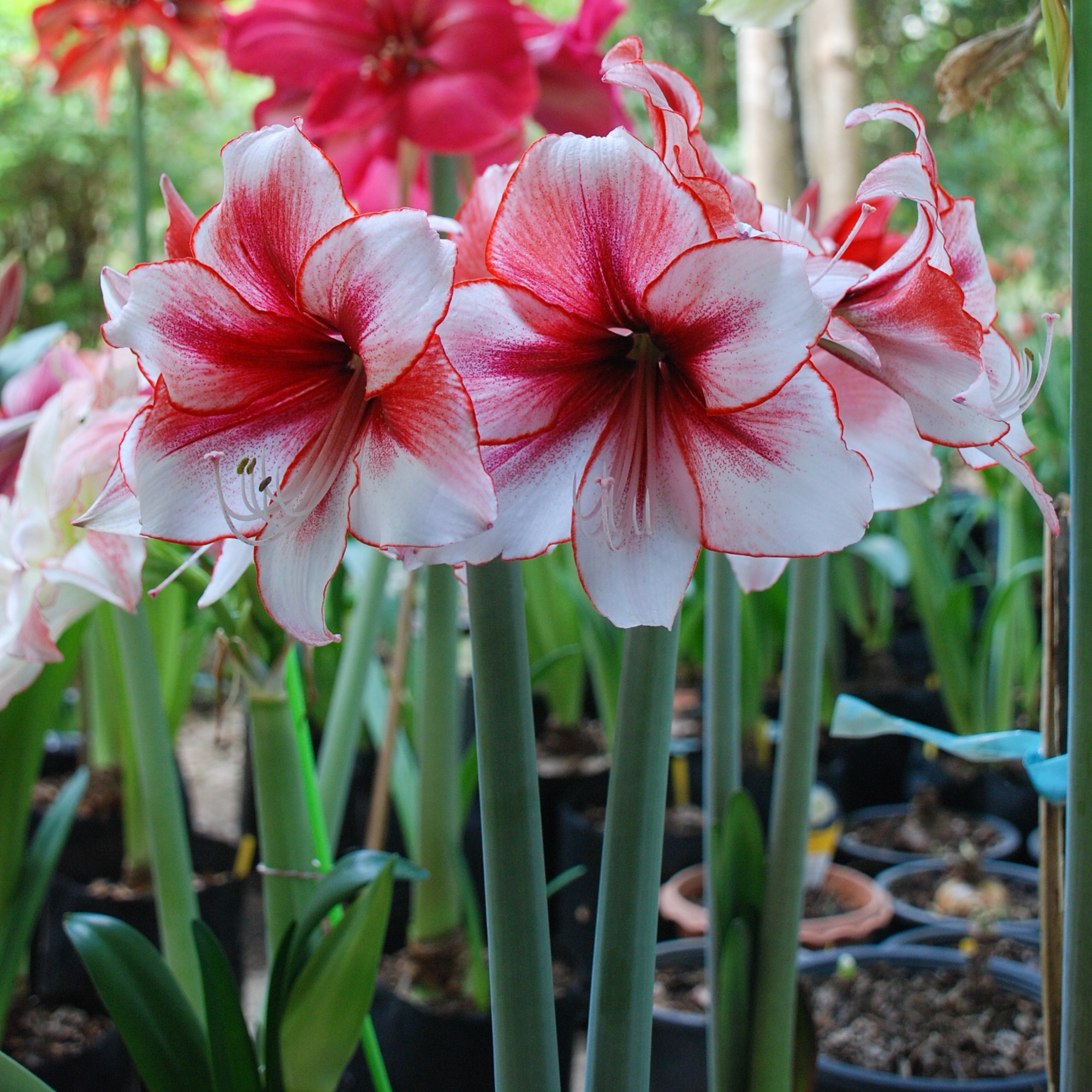
Amaryllis is a distinctive plant easily recognisable by its thick stem and big, vibrant blooms which often appear during Christmas time. That’s why it’s often associated with this festive time of the year. But what many don’t know is what to do with amaryllis after flowering.
This majestic flower is a perennial plant, which means that as long as you know how to care for amaryllis, it will come back and flower every year. And yet, this is something that not many people know, instead opting for just throwing out the bulbs after their first year of flowering.
So instead of getting rid of perfectly good amaryllis bulbs, this is what our gardening experts recommend you do after they finish flowering so that they come back to life year after year.
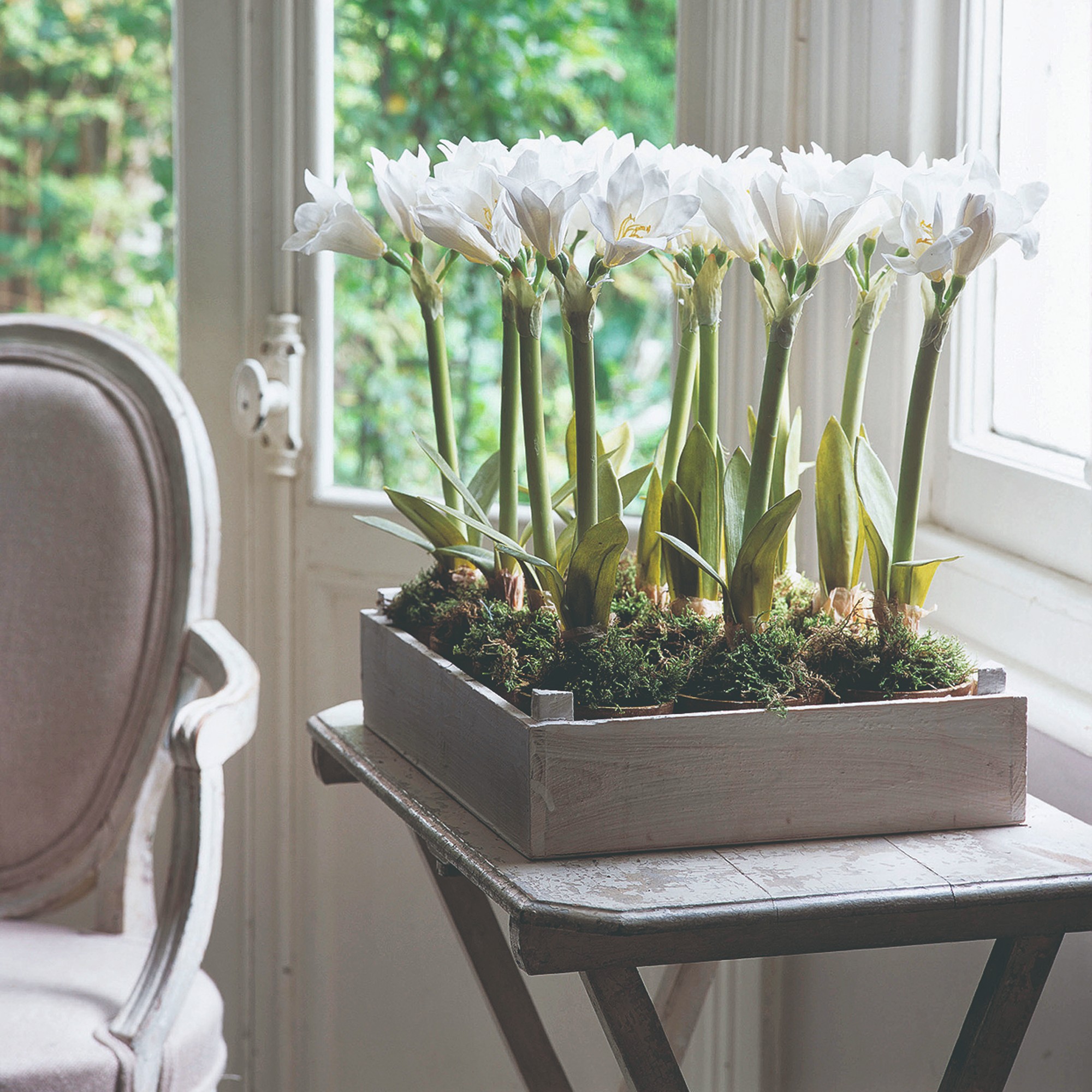
What to do with amaryllis after flowering
In fact, amaryllis can flower much later (or earlier, depending how you look at it) than Christmas, as late as early spring. And this largely depends on when you plant your amaryllis bulbs.
‘Once planted, amaryllis plants take around 6 to 8 weeks to flower and should be planted from October to January,’ says Jamie Shipley, gardening expert and managing director of Hedges Direct.
Once the plant begins flowering, the blooms last for about 3 weeks, after which the post-flowering care begins. Here is the step-by-step guide.

Remove fading flowers
Similarly to what you should do with daffodils after flowering, once the flowers of your amaryllis begin to fade, it’s best to remove them straight away.
‘Once an amaryllis has finished flowering, you should let the flowers wilt,’ says John Clifford, gardening expert at Gardenstone. ‘Once they have wilted, you should cut off the flower bloom that connects it to the stalk, but keep the leaves in place. Don't remove the other flower blooms until they have wilted too, then remove them as soon as possible.’
Jamie adds, ‘It’s important to remove the flowers when they begin to fade - so the plant doesn’t use up vital energy creating seeds.’
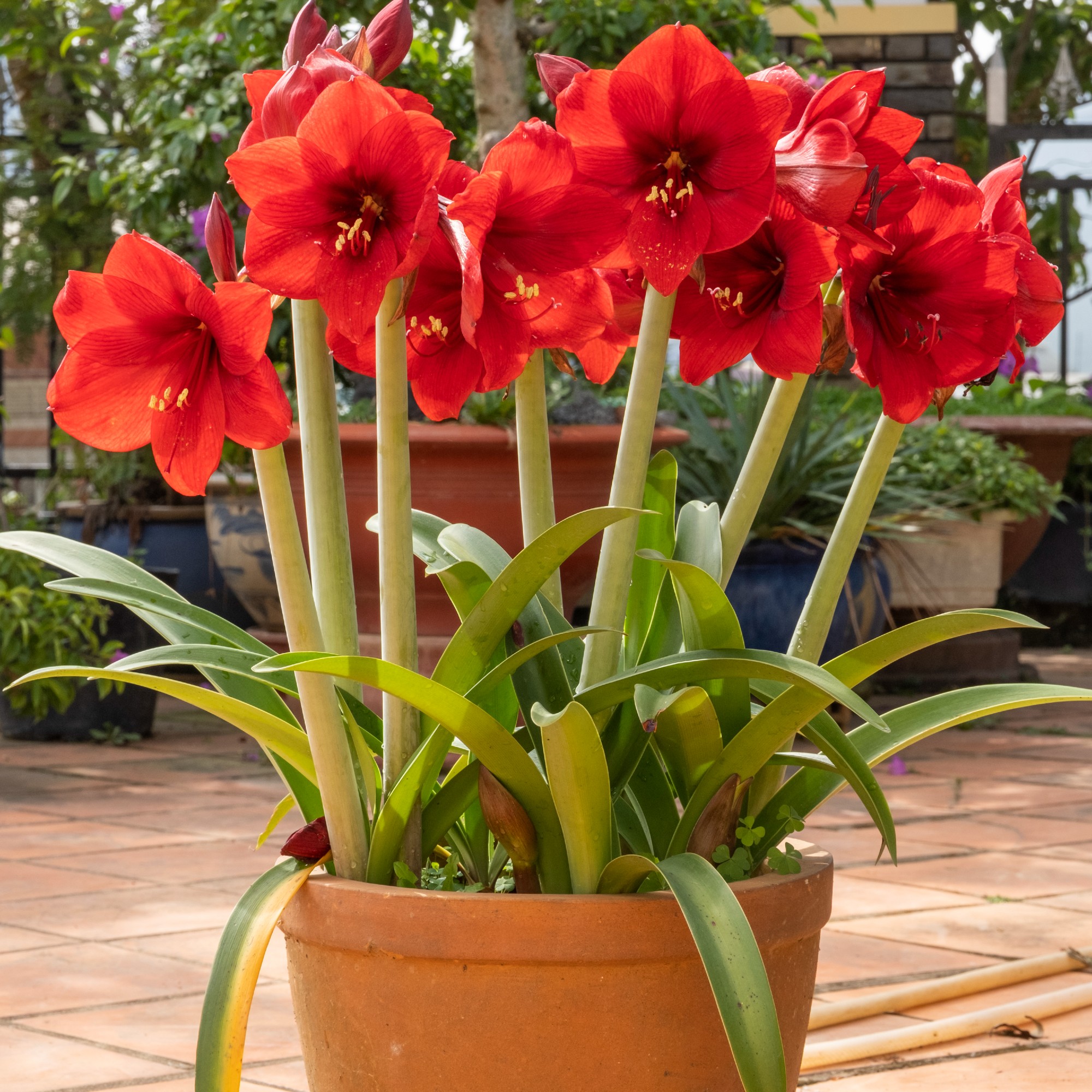
Leave the stalk and leaves
Just like in the case of what to do with bluebells after flowering, while the stalk and foliage of the plant remain green, they should be left as they are. Only remove them once they die off and turn yellow or brown.
‘While the stalk is still green, it's still continuing to photosynthesise, however, as soon as the stalk turns brown, you need to cut it a couple of centimetres above the bulb,’ John advises.
Keep it in a sunny spot
Amaryllis is a warmth-loving plant. And while the weather outside is favourable with the sun shining, keeping your amaryllis outside in a sunny spot will be beneficial for the plant, even after flowering.
‘Amaryllis plants thrive in the sunlight so you can keep yours outside in the milder months once there is no danger of frost. Choose a location which receives lots of sunlight during the day - but also some dappled shade,’ Jamie says.
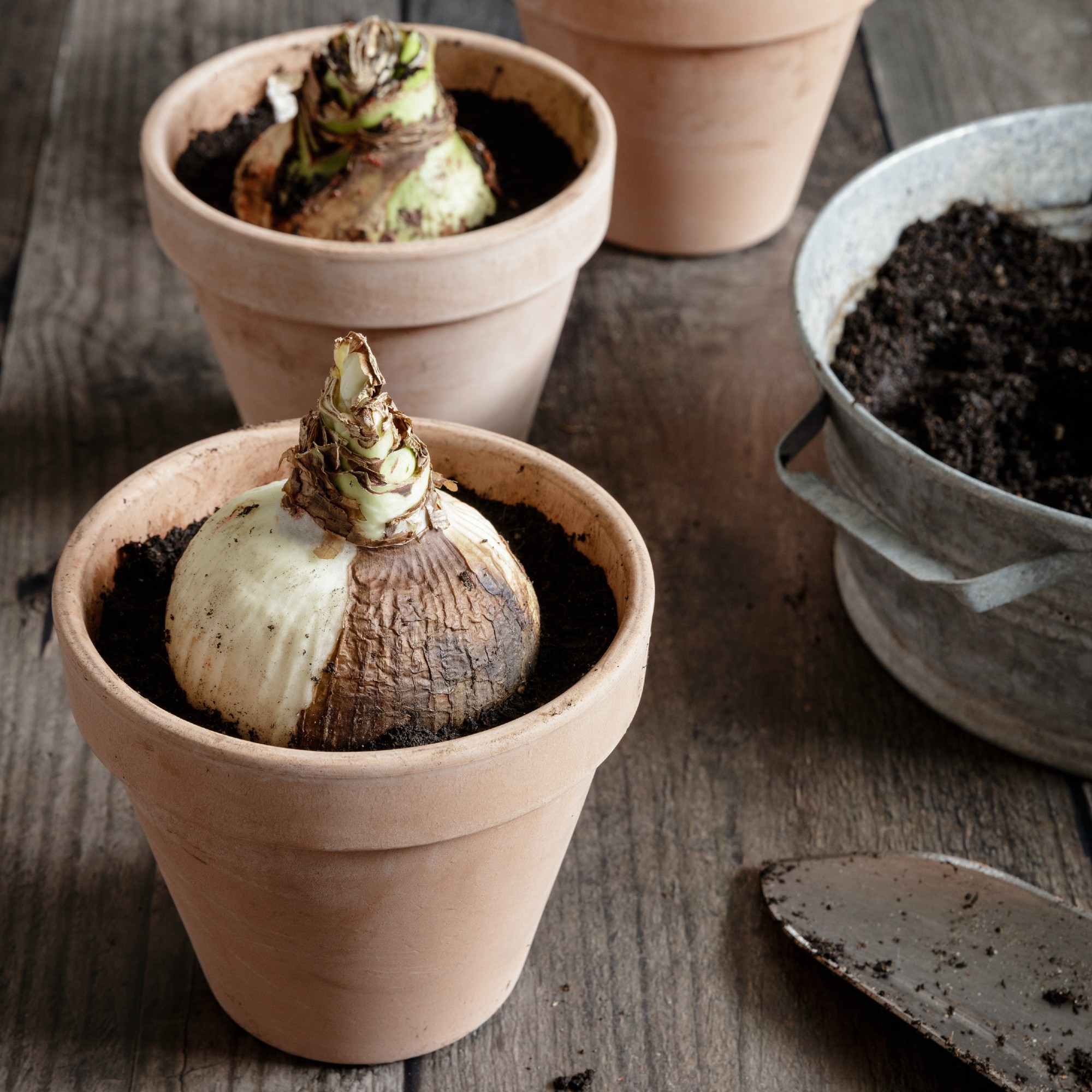
Keep watering and feeding it
Amaryllis is a bit more high maintenance than some of the other bulbs like daffodils or bluebells as even after flowering, you will need to take care of your amaryllis.
‘It’s also vital to continue to care for your plant even when it’s not flowering. You want the soil to stay moist, but not soaking wet, so only water when it looks dry. I also recommend fertilising your plant often to encourage new growth,’ Jamie advises.
Bring it inside
Once it gets to around September and there is a danger of frost, it’s best to bring your amaryllis indoors.
‘Around September, it’s time to move your amaryllis back inside for the colder months and reduce watering and fertilising so that your plant enters its semi-dormant phase,’ Jamie explains.
Where to buy amaryllis bulbs
- Amazon: Thompson & Morgan Amaryllis Minerva Tender Bulb
- Dutch Grown: Jumbo Double Amaryllis Double Dream
- J.Parker's: Amaryllis Sonatini Balentino
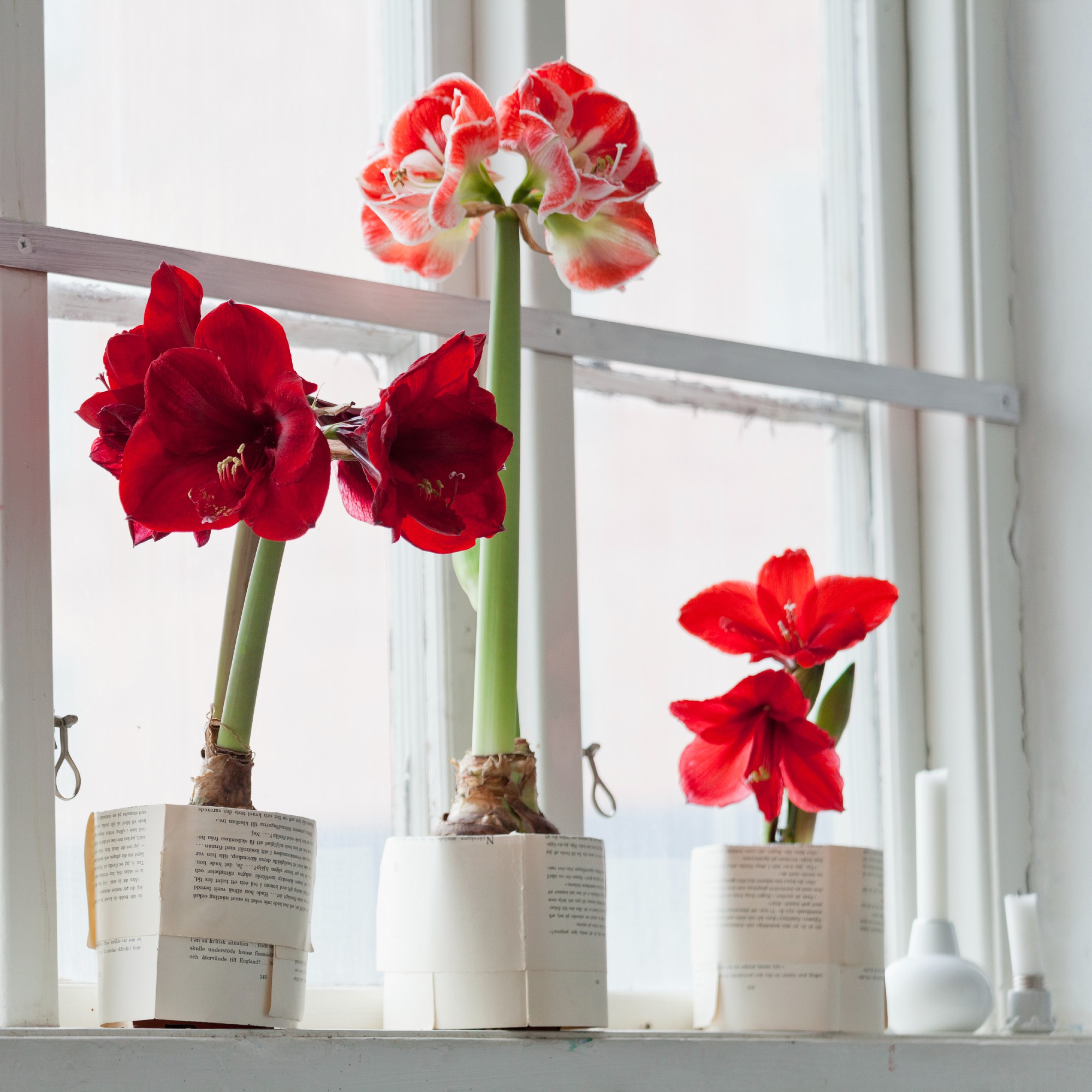
FAQs
Can you leave amaryllis bulbs in the ground all year?
As amaryllis loves warm temperatures, its bulb can’t be left in the ground outside the whole year because it wouldn’t survive. Exactly for this reason, amaryllis is usually grown in a pot and rarely seen within flower beds.
‘For plants grown outdoors, once the flower has died back and the greenery has turned brown, you should lift the bulb from the soil. Use a fork to do this. Then remove any excess soil and store the bulbs in a cool, dry place until it's time for them to be re-planted,’ John recommends.

Can you leave amaryllis in pots?
You can leave your amaryllis bulbs in their pots all year round, even after flowering, as long as you keep the pot indoors throughout the cold months.
‘It’s actually best to plant amaryllis bulbs in pots rather than straight into the ground as these tender plants don’t like to have their root systems disturbed often. If planted in the ground, the amaryllis would have to be repotted inside every year during the colder months and you risk weakening the root system. Amaryllis plants are also grown with the bulb two-thirds exposed from the soil - which would be hard to achieve if planted in a bed rather than a pot,’ Jamie says.
And that’s all you need to know about what to do with amaryllis after it’s finished flowering.







